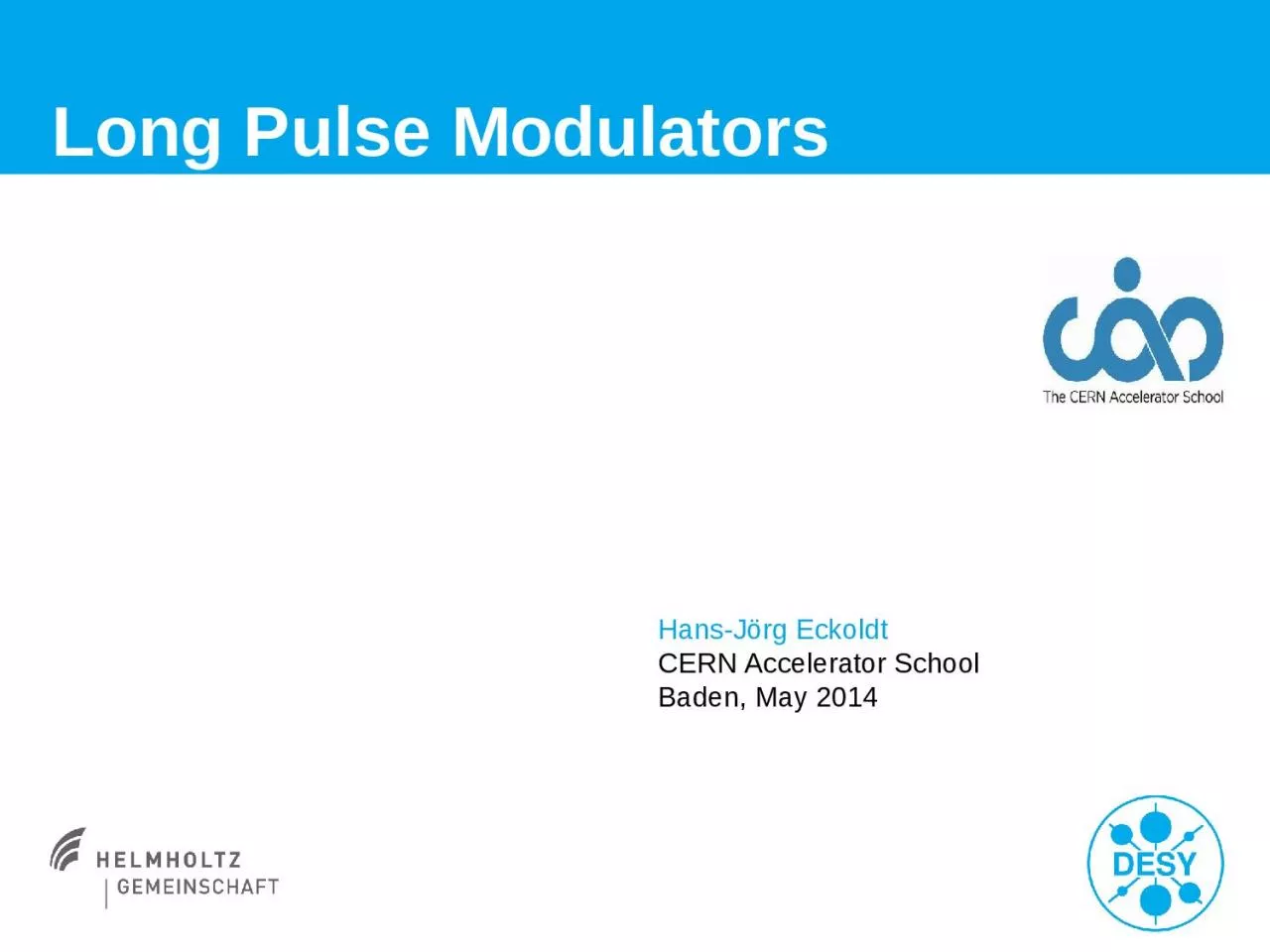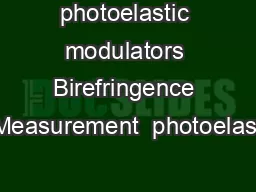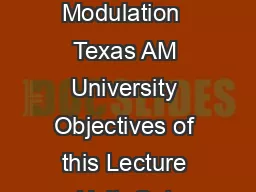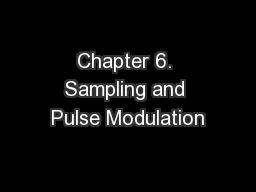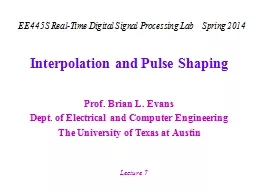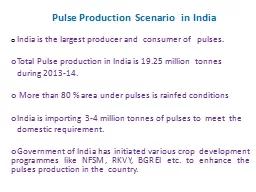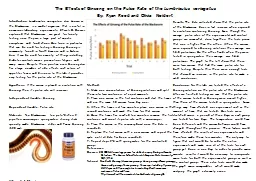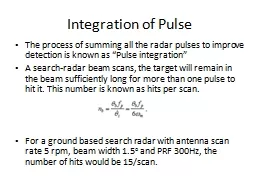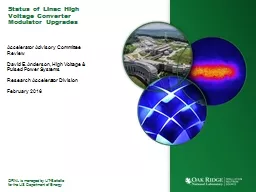PPT-Long Pulse Modulators
Author : titechas | Published Date : 2020-08-29
Eckoldt CERN Accelerator School Baden May 2014 Structure Why long pulses Where are long pulse modulators used Basics RFStation Klystron Modulators Passive components
Presentation Embed Code
Download Presentation
Download Presentation The PPT/PDF document "Long Pulse Modulators" is the property of its rightful owner. Permission is granted to download and print the materials on this website for personal, non-commercial use only, and to display it on your personal computer provided you do not modify the materials and that you retain all copyright notices contained in the materials. By downloading content from our website, you accept the terms of this agreement.
Long Pulse Modulators: Transcript
Download Rules Of Document
"Long Pulse Modulators"The content belongs to its owner. You may download and print it for personal use, without modification, and keep all copyright notices. By downloading, you agree to these terms.
Related Documents

